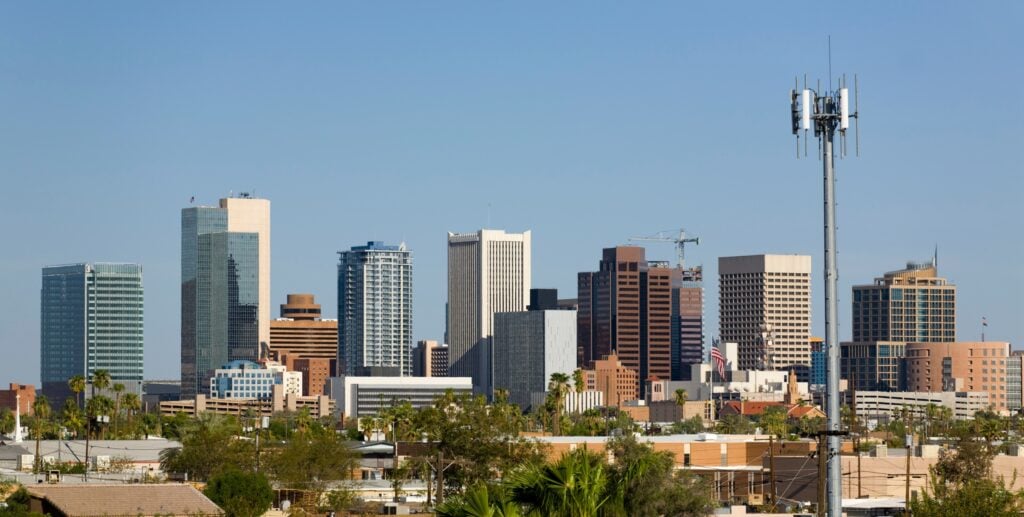There is generally a positive relationship between income growth and price appreciation in cities (correlation varies by city). In a previous article I published on BiggerPockets on cities with the highest tech job growth, I calculated which variables are most strongly correlated with price growth per market.
For the majority of cities, household income growth was the strongest predictor of price appreciation. And while the focus of the previous article was solely on tech growth, not every city has a large tech presence. I wanted to be fair to other industries and instead analyze income growth as a whole on the metropolitan level.
Top 10 Cities With the Highest Income Growth
First, I downloaded wage data from the Bureau of Labor Statistics (BLS) at the MSA level. Then, as I usually do, I removed the smallest markets from the analysis (in this case, the bottom half of cities with the lowest number of jobs). I find that their low numbers typically skew the results.
Then, I calculated the five-year compound income growth rate for each metro and ranked them from highest to lowest. I also downloaded price data from Zillow and included each city’s five-year price growth for comparison.
Here are the top 10 results:
Here are some key takeaways:
- Wilmington, North Carolina, has had a healthy five-year compound growth in income (+9.05%), total employment (+2.45%), price (+10.48%), and rent (+7.80%). Its position at the top of this list is fitting.
- Boise, Idaho, also had excellent overall metrics, including stellar five-year compound employment growth (+3.42%).
- Gainesville, Florida and Tucson, Arizona both had fine income, price, and rent growth metrics, but their employment growth rates were less desirable (+1.49% and +0.87%, respectively).
What surprised me is that San Luis Obispo, California, and Kalamazoo, Michigan, while having great income and price growth, both had abysmal employment growth and even population decline. In my opinion, these markets have bad fundamentals.
Top 10 Cities With the Highest Income Growth, Part 2
I decided to run the analysis again, but this time, I only kept the top half of markets with the highest employment growth. Here are the updated results:
Wilmington, North Carolina, and Boise, Idaho, remain on top. Fayetteville, Arkansas, takes third place, with its incredibly strong market fundamentals and a median price lower than the national average.
In a previous article, I named Fayetteville one of the best markets for your first house hack. I also think it’s one of the best markets for single-family home investors at the moment.
The inclusion of a few Florida cities like Port St. Lucie, Tallahassee, and Tampa doesn’t surprise me. They benefited greatly from post-pandemic inward migration, and have seen solid job growth in the past few years.
I am surprised to see Sioux Falls, South Dakota. It doesn’t make top 10 lists often, but Sioux Falls has seen excellent wage and employment growth over the past five years while still remaining relatively affordable. It certainly may be worth more investigation.
Final Thoughts
Wage growth is strongly correlated with price growth, although this relationship varies by city.
The scatterplot shows the relationship between income and price growth for the 100 largest metros. When picking a market to invest in, you might want to consider income growth as a possible variable to keep in mind.
I’ve also mapped the top 100 markets by wage growth for your own research:
How much has income growth (or lack thereof) affected prices in your market? I’d love to hear if you think this data is relevant and helpful, or if it has relatively no impact on investments in your market.
Note By BiggerPockets: These are opinions written by the author and do not necessarily represent the opinions of BiggerPockets.



